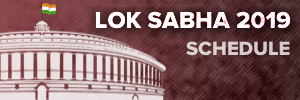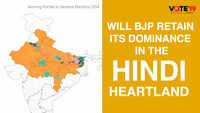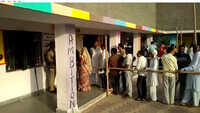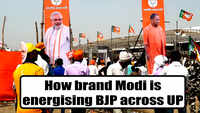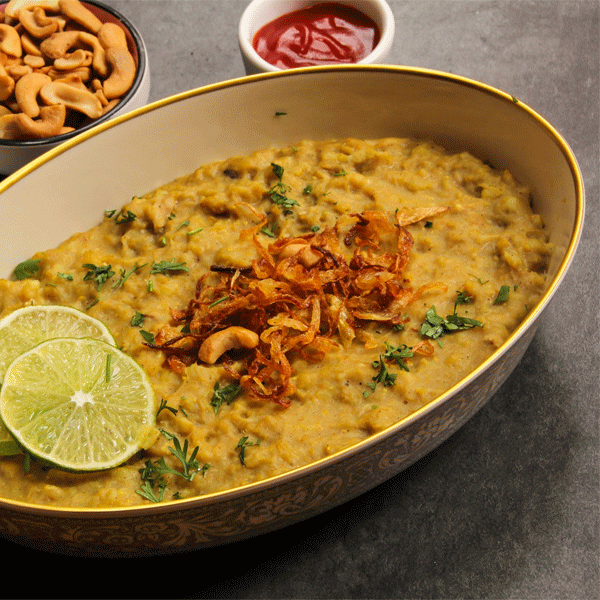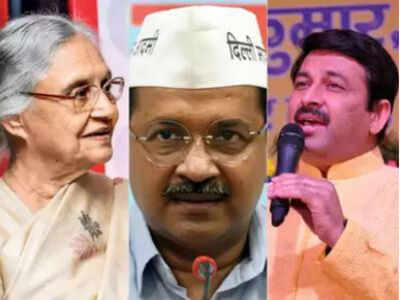
Highlights
NEW DELHI: The capital votes today in what promises to be a triangular contest between BJP, Congress and AAP. Though AAP has not fared well in the assembly elections outside of Delhi, it did win 20 of the 122 Vidhan Sabha seats it contested in Punjab in 2017 to add to its four Lok Sabha victories from the state. This led it to seek an alliance this year with Congress in Delhi, Haryana, Chandigarh and Goa, ostensibly to prevent the anti-BJP votes from splitting. Talks of seat sharing in Delhi reigned over the political discourse for three months before ceasing with a day left for nominations.
Many thought this desire for an alliance paradoxical, given that AAP came into existence after a high-profile fight against Congress on corruption. What prompted the two parties to think of sharing seats, however, was the common motive of defeating BJP. Their combined vote share in 2014 supported this theory. Against BJP 48.3% share, AAP had 33.1% and Congress, 15.2%.
“A Congress-AAP alliance would have posed a formidable challenge to BJP in the capital and its absence is likely to benefit the saffron party,” agreed political observer Arvind Dubey. Another advantage for BJP is the appeal of Modi’s re-election as PM. AAP and Congress, though, are putting up a tough fight. Apart from national security and the “strong and decisive” action against the “terror forces” — especially the Balakot air strike following the attack on CRPF personnel in Pulwama earlier this year — BJP is in addition propagating the “welfare schemes” launched by its government.
The party is also talking about the “failure” of Arvind Kejriwal’s government to fulfil promises it made ahead in 2015 and its non-implementation of Ayushman Bharat, the central healthcare scheme. AAP, for its part, is going all out for full-fledged statehood for Delhi, explaining to the electorate that many development plans were hampered by “obstructions created by the central government”. It is seeking a vote to make Delhi a full state and have full control over land, policing and the civil service.
It also took an early decision on its candidates, and by the time the opponents from the two national parties hit the streets, its contestants had already been to every nook of their respective constituencies Congress, meanwhile, has fallen back on Sheila Dikshit’s 15 years in government and the infrastructural development the city witnessed in the period. The hub of its campaign, of course, is the promise of a minimum annual income of Rs 72,000 to poor families if elected to power.
With so much at stake, the parties have put up heavyweight candidates and popular figures. BJP has fielded former India cricketer Gautam Gambhir and Punjabi sufi singer Hans Raj Hans in East and North West Delhi constituencies.
Congress is betting on three-term CM Dikshit in North East Delhi, former Union minister Ajay Maken in New Delhi and Olympic boxer Vijender Singh in South Delhi. AAP candidates include educationist Atishi Marlena in East Delhi and chartered accountant Raghav Chadha in South Delhi. But looming above all of them are Modi and Kejriwal, and Rahul Gandhi to an extent.
The combination of Muslims, the underprivileged residents of unauthorised colonies and slums and a section of the middle class had propelled AAP to the helm in Delhi in 2015, when it bagged 54% of the votes, BJP 32% and Congress, a little less than 10%. If this is the same demographic that Congress also banks on, then Bahujan Samaj Party could further wean away anti-BJP voters, especially in North East Delhi where party supremo Mayawati’s rally on May 10 drew tremendous support from Dalits and core supporters. The voters’ issues change according to the economic backgrounds of the different constituencies.
“For the middle-level traders, sealing is the biggest issue and most of them want to vote for the party that will provide relief from sealing,” said Niranjan Poddar, a member of the trading community. For those living in upscale colonies, pollution, parks, sanitation and water supply are bigger issues. In slums and irregular colonies, roads and civic infrastructure, food security, sanitation and water matter the most.
Some voters feel that this is a national election where BJP or Congress are more significant than AAP. That is where BJP and Modi have the edge. The Modi effect is nowhere close to what it was in 2014, but the saffron party’s nationalism plank has even touched a chord among residents of JJ clusters where the main need is basic amenities.
Many thought this desire for an alliance paradoxical, given that AAP came into existence after a high-profile fight against Congress on corruption. What prompted the two parties to think of sharing seats, however, was the common motive of defeating BJP. Their combined vote share in 2014 supported this theory. Against BJP 48.3% share, AAP had 33.1% and Congress, 15.2%.
“A Congress-AAP alliance would have posed a formidable challenge to BJP in the capital and its absence is likely to benefit the saffron party,” agreed political observer Arvind Dubey. Another advantage for BJP is the appeal of Modi’s re-election as PM. AAP and Congress, though, are putting up a tough fight. Apart from national security and the “strong and decisive” action against the “terror forces” — especially the Balakot air strike following the attack on CRPF personnel in Pulwama earlier this year — BJP is in addition propagating the “welfare schemes” launched by its government.
The party is also talking about the “failure” of Arvind Kejriwal’s government to fulfil promises it made ahead in 2015 and its non-implementation of Ayushman Bharat, the central healthcare scheme. AAP, for its part, is going all out for full-fledged statehood for Delhi, explaining to the electorate that many development plans were hampered by “obstructions created by the central government”. It is seeking a vote to make Delhi a full state and have full control over land, policing and the civil service.
It also took an early decision on its candidates, and by the time the opponents from the two national parties hit the streets, its contestants had already been to every nook of their respective constituencies Congress, meanwhile, has fallen back on Sheila Dikshit’s 15 years in government and the infrastructural development the city witnessed in the period. The hub of its campaign, of course, is the promise of a minimum annual income of Rs 72,000 to poor families if elected to power.
With so much at stake, the parties have put up heavyweight candidates and popular figures. BJP has fielded former India cricketer Gautam Gambhir and Punjabi sufi singer Hans Raj Hans in East and North West Delhi constituencies.
Congress is betting on three-term CM Dikshit in North East Delhi, former Union minister Ajay Maken in New Delhi and Olympic boxer Vijender Singh in South Delhi. AAP candidates include educationist Atishi Marlena in East Delhi and chartered accountant Raghav Chadha in South Delhi. But looming above all of them are Modi and Kejriwal, and Rahul Gandhi to an extent.
The combination of Muslims, the underprivileged residents of unauthorised colonies and slums and a section of the middle class had propelled AAP to the helm in Delhi in 2015, when it bagged 54% of the votes, BJP 32% and Congress, a little less than 10%. If this is the same demographic that Congress also banks on, then Bahujan Samaj Party could further wean away anti-BJP voters, especially in North East Delhi where party supremo Mayawati’s rally on May 10 drew tremendous support from Dalits and core supporters. The voters’ issues change according to the economic backgrounds of the different constituencies.
“For the middle-level traders, sealing is the biggest issue and most of them want to vote for the party that will provide relief from sealing,” said Niranjan Poddar, a member of the trading community. For those living in upscale colonies, pollution, parks, sanitation and water supply are bigger issues. In slums and irregular colonies, roads and civic infrastructure, food security, sanitation and water matter the most.
Some voters feel that this is a national election where BJP or Congress are more significant than AAP. That is where BJP and Modi have the edge. The Modi effect is nowhere close to what it was in 2014, but the saffron party’s nationalism plank has even touched a chord among residents of JJ clusters where the main need is basic amenities.
Download The Times of India News App for Latest Elections News.
#ElectionsWithTimes
more from times of india news
Get the app

